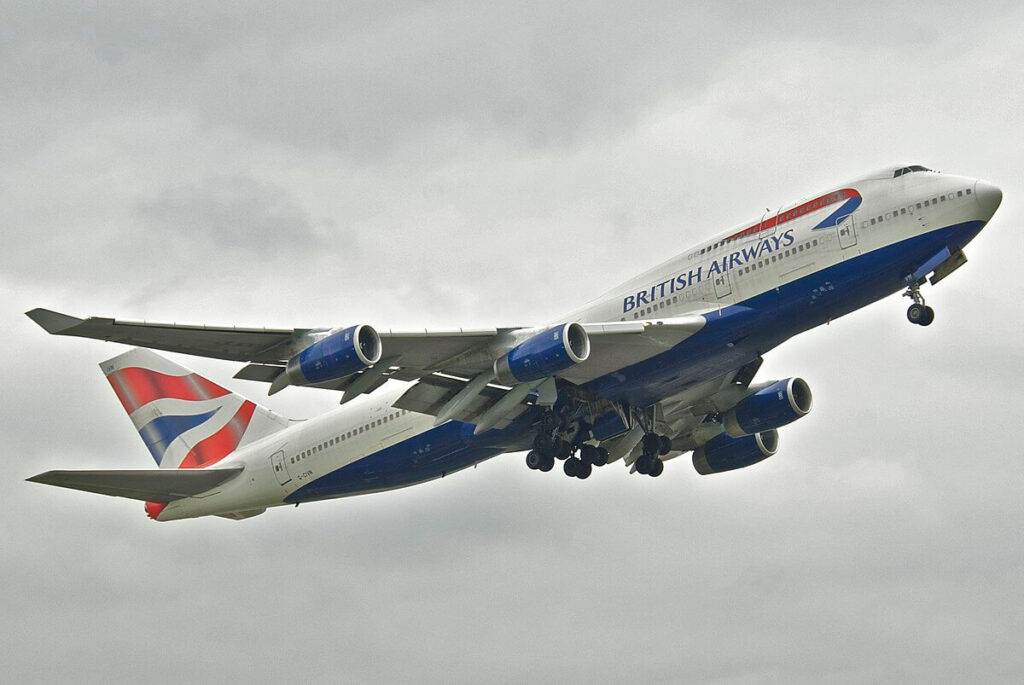With the help of tailwinds from the Storm Ciara, several airliners crossed the Atlantic Ocean in record time. The ultimate winner was a Boeing 747 operated by British Airways that made the trip in four hours and fifty-six minutes, reaching speeds above 1,287 kilometers per hour.
The previous record was held by a Norwegian Boeing 787-9 Dreamliner, which made the crossing in five hours and thirteen minutes in January 2018.
New record for a subsonic passenger aircraft
But on February 8, 2020, one Boeing 747 and two Airbus A350s flying from New York-JFK International Airport (JFK) to London Heathrow (LHR) have broken the record. Coming second to the British Airways flight, a Virgin Atlantic flight lost the race by a minute, reaching its destination in four hours and fifty-seven minutes. Coming third on the podium was another Virgin Atlantic A350 doing the crossing in four hours and fifty-nine minutes.
“We always prioritize safety over speed records, but our highly trained pilots made the most of the conditions to get customers back to London well ahead of time,” a British Airways spokesman told the Independent.
On average, transatlantic flights take about six hours and fifteen minutes. But the Storm Ciara generated strong horizontal air currents above the Atlantic Ocean. Some of them exceeded 360 kilometers per hour.
The transatlantic record for a commercial aircraft is still in the hands of the British Airways Concorde that reached its destination in only 2h 52 minutes and 59 seconds, with a top speed of 2,172 kilometers per hour, on February 7, 1996.
The three record-breaking flights were among the lucky ones. Since Storm Ciara started sweeping across Europe, many flights were canceled, delayed or even diverted due to adverse conditions.
On February 9, 2020, the British Airways flight 2749 from Geneva Airport (GVA) to London Gatwick (LGW), operated by the Airbus A320 registration G-EUUW, had to declare an emergency after failing to land twice at its destination airport. Due to the extended flight time, the plane was running low on fuel. It eventually landed in Lyon Saint Exupery Airport (LYS), southeastern France.


